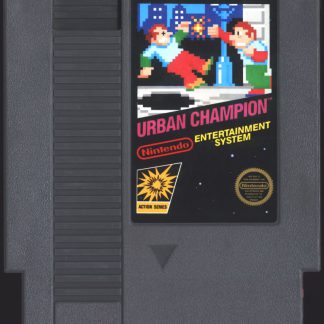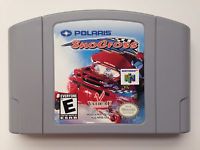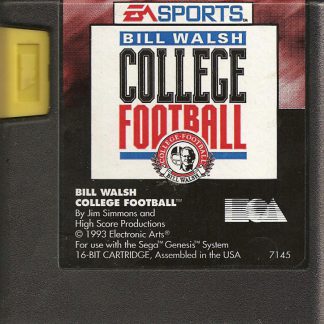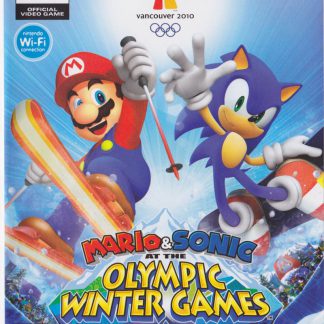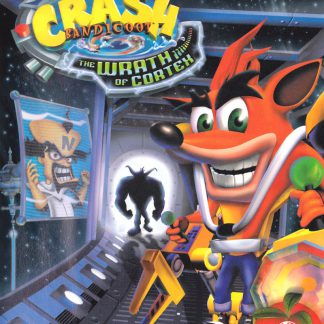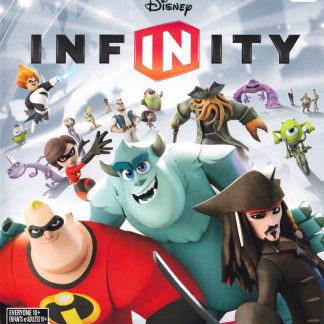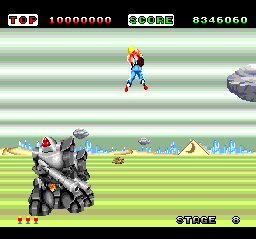
It’s safe to say that Space Harrier was one of the most popular arcade games of the 80s. With its impressive use of Sega’s Super Scaler technology and unique viewpoint there wasn’t anything else quite like it. It would inspire a few similar games on competing formats such as Square’s 3-D World Runner but honestly there’s nothing better than the original.
Naturally ports were soon to follow but that presented an issue: no console or computer at the time could compete with the arcade game’s tech so hefty sacrifices would need to be made. Space Harrier was ported to nearly every format known to man at the time with varying degrees of quality. The most popular port at the time would for the Sega Master System. For its time it was a more than adequate adaptation, retaining much of the look but at a slower speed. The numerous computer formats around at the time were bigger in Europe than the US so few were ever able to sample these…..quirky versions. Like Altered Beast before it the Famicom would also see its own rendition that is better left unspoken of. It would be the Turbo Grafx-16 version that fared best and would be the best console version for a long time.
The best technology in the world means nothing if it isn’t used properly and in this regard Sega has gifted Space Harrier with some of the most bizarre collections of alien creatures you can imagine. The cyclopean wooly mammoth you see in all of the game’s press material only scratches the surface giant mushrooms, space squids and flying Moai heads along with a smattering of giant robots and other technological craft. Each of the game’s 18 or so levels has its own color scheme and background elements to set them apart with the checkerboard pattern used for the ground and sometimes sky being one of the game’s most distinctive elements.
The gameplay of Space Harrier is remarkably simple. As the Harrier you run or fly through the many imaginative worlds on display to defeat the alien invaders threatening the inhabitants of each world. There are no power-ups or items of any kind to collect meaning you’ll have to make do with the simple blaster you start with. Viewed from a third person perspective you can either run along the ground or fly anywhere on the screen as enemies pour in from all sides. It’s like playing After Burner with a dude instead of an aircraft essentially.
Aside from the scaled sprites Space Harrier’s most notable aspect is its speed. The game is fast, almost too fast in my opinion. You’ll fight with the environment just as much as aliens as the terrain shifts and background objects scale in at ridiculous speeds. Nearly everything in the game is destructible, something you’ll have to take advantage of in order to survive longer than a few seconds at any given moment. In most cases you’ll only have a scant second or two to move if a unbreakable pillar or rock is coming your way. Since you don’t collect items there’s really no point to trying to blow up everything in your path aside from boosting your score and maybe gaining an extra life.
As you’ve probably discerned by now this is not an easy game and most of it stems from unavoidable factors. You can only take one hit before death and at the blinding speeds some of the later levels run at death comes in rapid succession. With skill you’ve eventually learn how to manage the chaos on screen but a life bar or some other mitigating factor would have made this a fairer proposition. Part of the game’s high challenge also comes from the viewpoint. The Harrier is a large sprite and due to the scaling it’s very easy to misjudge exactly where a projectile or approaching enemy will come from. It’s very easy to misjudge and end up dead in the process. The control has also taken a hit but this was inevitable. The arcade unit used an analog flight joystick for movement, something that no home console at the time could replicate. This version is serviceable but the difference in movement speed is noticeable for any veteran of the coin op.
This version of the game retains much of the arcade game’s look and fares better than the Master system port. The choppiness inherent in that version is pretty much gone leading to a far smoother experience overall. The increase in color is also notable as well. It isn’t perfect however and there are times when some background element will seemingly pop up out of nowhere and kill you. Perhaps the biggest downgrade in the visuals would be the missing checkerboard pattern used on the ground for each stage. It sounds minimal but it went a long way towards making each new level visually distinct. The fact that even the pathetic Famicom version managed to include it stings a bit and makes me question why it was even removed.
Back in 1989 this version of Space Harrier was exceptional but has since been eclipsed by perfect conversions on more powerful platforms. As much as I like Space Harrier it is a simple game that becomes repetitive despite its short length and one that I don’t think will hold most gamer’s attention for very long.

[nggallery id=285]









